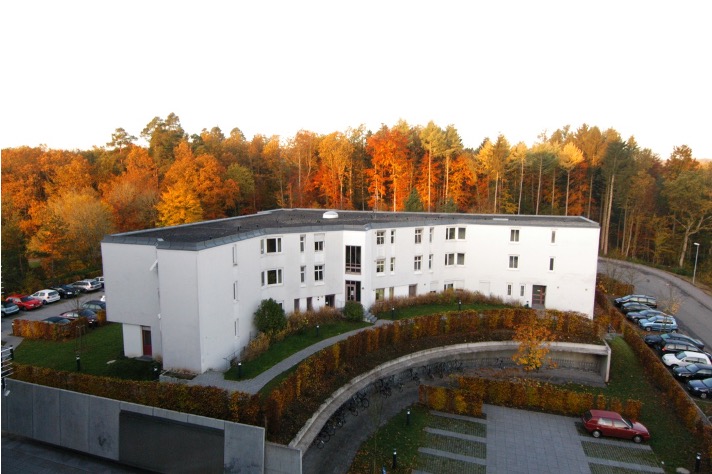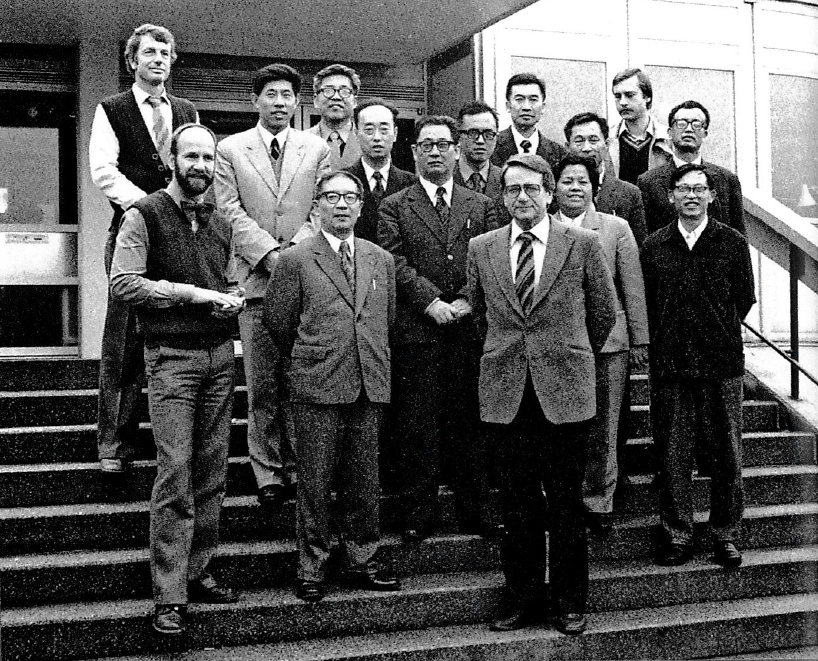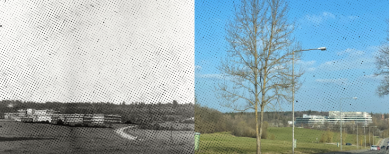Pioneers in many fields
The MPI for Metals Research performs pioneering work in setting up working groups and Max Planck Institutes in the new federal states. In 1997, the handover to a new generation leads to the reorganization of the MPI-MF, which now consists of eight Departments and eight central scientific facilities. The formation of Partner Groups in China in 1999 and the establishment of an International Max Planck Research School in 2001 widens the global perspectives of research and teaching.

Timeline
1991: Supervision of the first Max Planck working group in the new federal states
1992: Establishment of the first Max Planck Institute in the new federal states
1997: Reorganization
1999: Formation of the first of the MPG’s two Partner Groups in China
2001: Foundation of an International Max Planck Research School
Pioneers of scientific reunification
In 1991, the Max Planck Society establishes the first working group in the new federal states at Dresden University of Technology. Its topic: the mechanics of heterogeneous solids. Each working group is assigned to a Partner Institute, which supports the work carried out at the new facility. The Max Planck Institute for Metals Research assumes responsibility for the researchers in Dresden.
In 1992/93, members of the Institute in Stuttgart also become involved in setting up the first Max Planck Institute in the new federal states. Following an evaluation by the German Council of Science and Humanities (Wissenschaftsrat), the MPI for Microstructure Physics is formed on the basis of an institute operated by the Academy of Sciences in GDR times. Hellmut Fischmeister, Manfred Rühle and two other scientists take over as Acting Directors for a year and a half.

A new generation and reorganization
In the mid-1990s, six Scientific Members of the MPI-MF end their periods of active service. In 1996, following a thorough evaluation, a structural commission proposes a radical reorganization of the research facility. The Sub-Institutes for Physics and Materials Sciences are merged into a single Institute with effect from 1 January 1997. The heads of the dependent Departments make up the management board of the Institute as a whole. By 2001, five new Departments have been created. Their heads are Helmut Dosch (1997), Eric Jan Mittemeijer (1998), Siegfried Dietrich (2000), Huajian Gao (2001) and Gisela Schütz (2001), the Institute’s first female Director.
The eight Departments are supported by eight central scientific facilities: Analytical Chemistry, General Radiography, Surface Analytics, Metallography, High-Voltage Electron Microscopy, Thin-Layer Laboratory and Pelletron Accelerator. The Institute as a whole and the chairs at the University of Stuttgart which belong to each Department are to be housed on the Büsnau campus. Work on a second building extension begins there in 1999.

Partners in China
During the 1990s, the MPG works on developing its relations with China. In February 1999, it decides to set up Partner Groups for project-oriented cooperation with the Chinese Academy of Sciences (CAS). In 1999, the MPI for Metals Research establishes one of the first two MPG/CAS research groups in Shenyang. This is followed in 2003 by a partnership with the Institute of Ceramics, a project group which investigates interfaces and amorphous structures in high-performance ceramics in cooperation with the Departments led by Aldinger and Rühle.


The close connection with the state university that has existed ever since the Institute in Stuttgart was founded in 1934 still influences the MPI-MF’s work at the beginning of the 21st century. Five of the Institute’s Scientific Members also hold full professorships at the University of Stuttgart. In 2001, the two institutions strengthen their cooperation by founding the International Max Planck Research School for Advanced Materials: From Microscopic Understanding to Functionality. The cooperative partners include the MPI for Solid State Research and a number of international higher education institutions. As well as junior scientists, the MPI-MF also trains technical specialists at the Berufskolleg für Metallographie (Vocational College for Metallography), which was founded in 1978.










